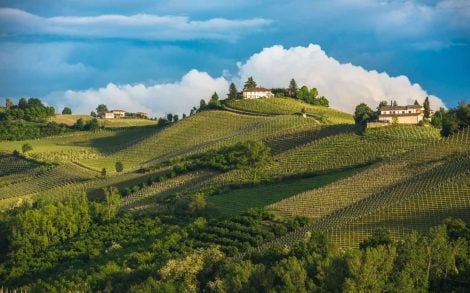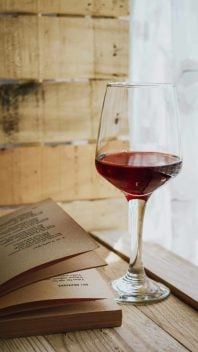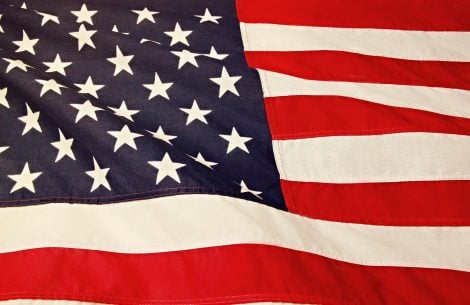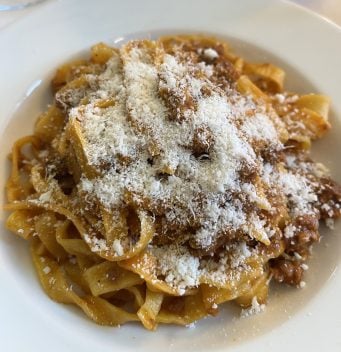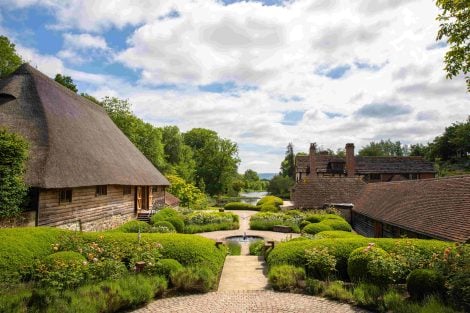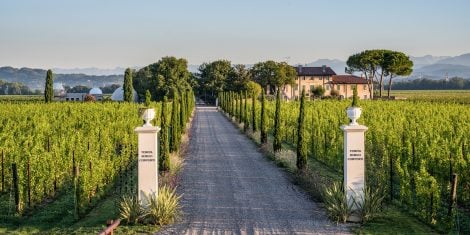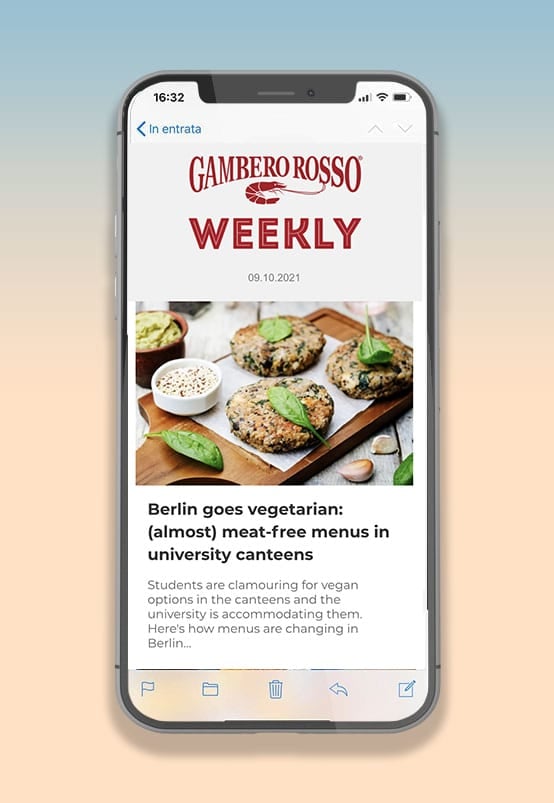by Andrea Gori
Sparkling wines in Italy now account for an impressive share of national production, nearing a billion bottles annually, with 70% exported. The 300 million bottles remaining in Italy are bolstered by the influence of Champagne (nearly 10 million bottles consumed—making Italy the fifth-largest market globally by volume and fourth by revenue), Crémant de Bourgogne, and, albeit to a lesser degree, English, South African, and Slovenian sparkling wines.
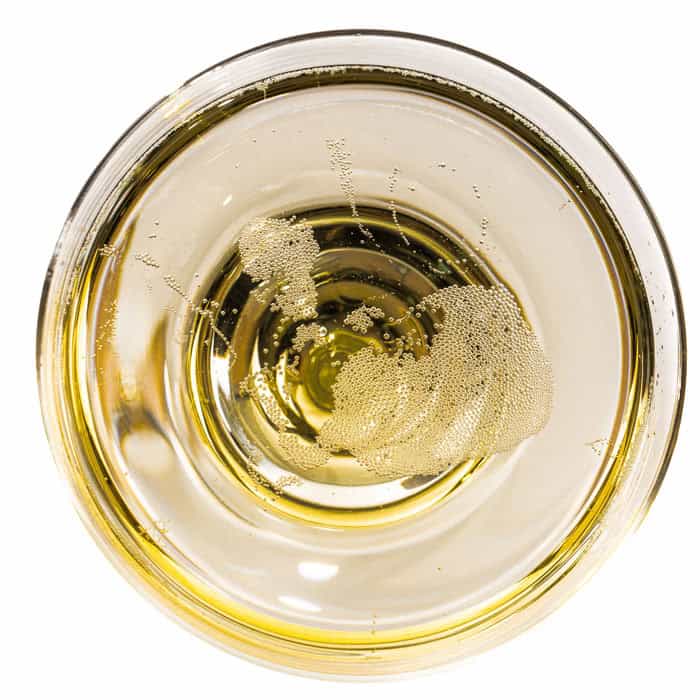
Every restaurant needs its sparkling wines
No Italian wine list is complete without at least ten sparkling wine selections, including 2–3 by the glass, ranging from €5 for a Prosecco to €50 for a Cuvée de Prestige. Increasingly, restaurants are building their success on the variety and depth of their sparkling wine offerings, appealing to both curious new customers and connoisseurs seeking innovative and enticing choices.
The sparkling wine sector reflects the overall trend in Italian wine—“less but better,” shifting from Martinotti (Charmat) to Traditional Method and Ancestral Method wines. However, sparkling wines are experiencing less decline compared to other wine categories, with growth largely coming at the expense of red wines, which face the most significant challenges in the Italian market. Just a few years ago, this shift might have seemed paradoxical. Italy, once synonymous with red wine and the rich imagery of the Last Supper, now finds itself embracing a new landscape driven by internal and external factors.
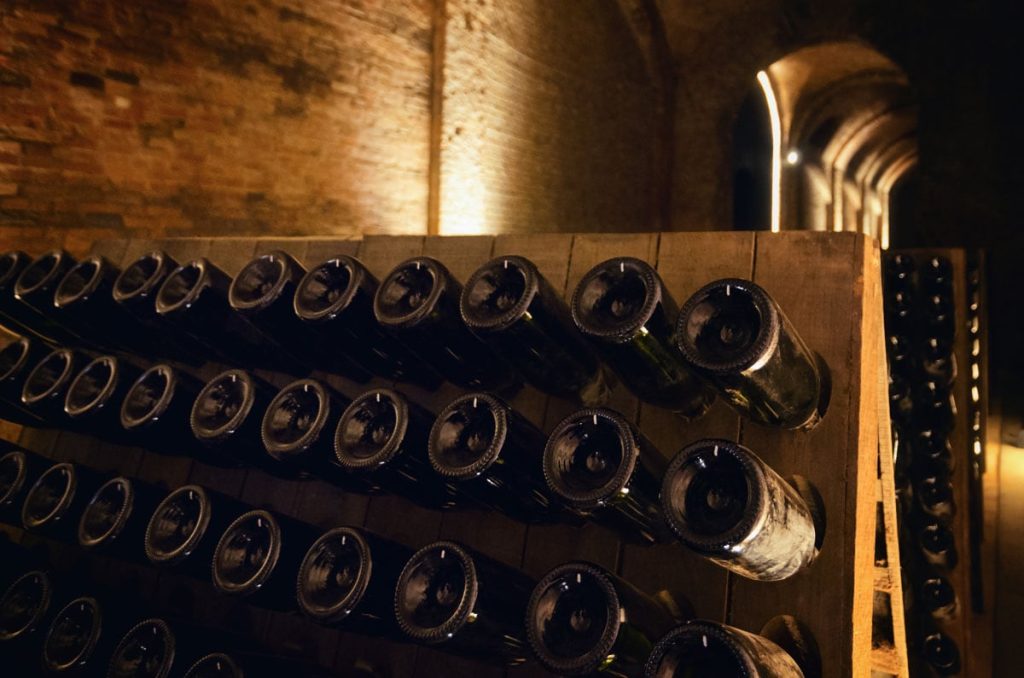
The appeal of champagne
Firstly, rising inflation has reduced spending power, increasing the focus on value for money. Sparkling wine is the drink of celebrations and conviviality, offering superior quality for its price compared to other categories. Its energising nature and premium appeal resonate with consumers seeking a noteworthy bottle for the table. At almost every price point, sparkling wines outperform still wines in terms of image, enjoyment, and flavour.
For instance, at the high end, the most exceptional and rare Champagnes—whether Krug, Cristal, or Dom Pérignon—can be purchased for €350, far below the €3,500 price tag of France’s top red wines. Similarly, Italy’s best Traditional Method wines are priced around €250, compared to €1,500 for Tuscany or Piedmont’s finest reds like Masseto, Soldera, or Monfortino.
The TikTok phenomenon of bottle opening
Modern social media trends also play a significant role. The “status” associated with certain sparkling wine brands—amplified by viral videos of sabrage (opening bottles with a sword)—has a profound impact on one’s social image. Videos of even a €10 sparkling wine being dramatically opened often garner far more views on TikTok than any still wine.
Changing dining habits favour lighter, more “graceful” meals, which pair less well with traditional Italian red wines. Additionally, the rise of Asian-inspired cuisine consistently reinforces the compatibility of sparkling wines, which provide immediate gratification without the need for extensive pairing knowledge.
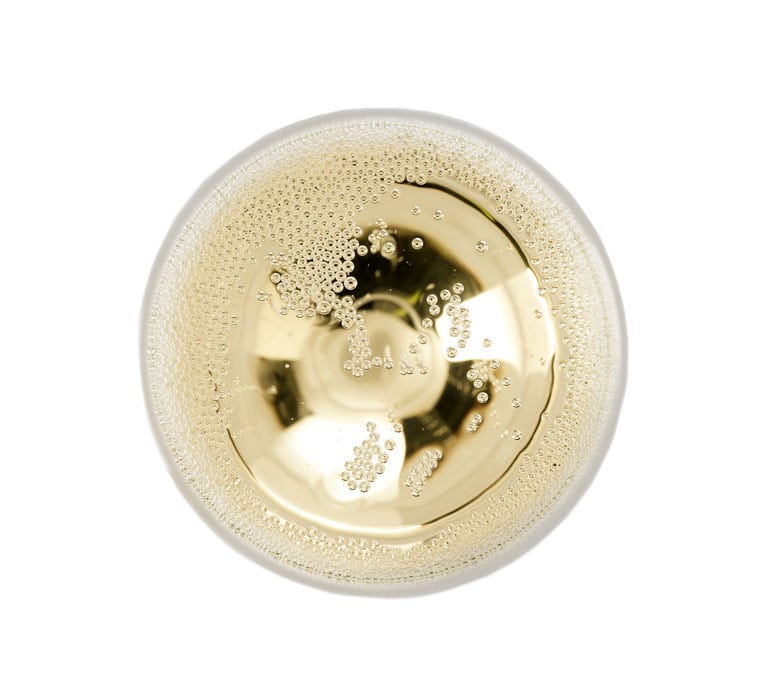
Climate and its role in preferences
Climate change, with increasingly prolonged hot periods, has also influenced preferences. Beverages with high acidity, freshness, and lower alcohol content (below 13%) are increasingly popular. Under such conditions, even the most devoted wine enthusiasts might struggle to enjoy high-alcohol reds. Very few notable Italian wines fit into this lower-alcohol category, whereas sparkling wines thrive, offering natural acidity and refreshment.
Resilient and Growing Demand
The sparkling wine market continues to grow. Even among those who move away from wine, sparkling options remain their last indulgence. For newcomers, sparkling wines are less intimidating than other categories, offering immediate enjoyment without requiring a deep understanding—although their layers of complexity reward those who seek them.
This market resilience is largely driven by the ongoing boom of Prosecco DOC, often linked to cocktails like Spritz, as well as the increasing popularity of DOCG Traditional Method sparkling wines.

The “Lambrusco Case”: a unique wine without competitors
Lambrusco occupies a unique niche as a wine without direct competitors. Its versatility allows it to pair with meals from appetisers to desserts without changing its DOC designation. However, its image remains tied to sweeter styles consumed with traditional dishes like cotechino and mashed potatoes.
Within this niche, options abound—from the bone-dry Sorbara, which appeals to sparkling wine enthusiasts, to the fuller-bodied Grasparossa, attracting fans of structured reds, or the trendier pét-nats that echo Emilia’s historic sparkling traditions.
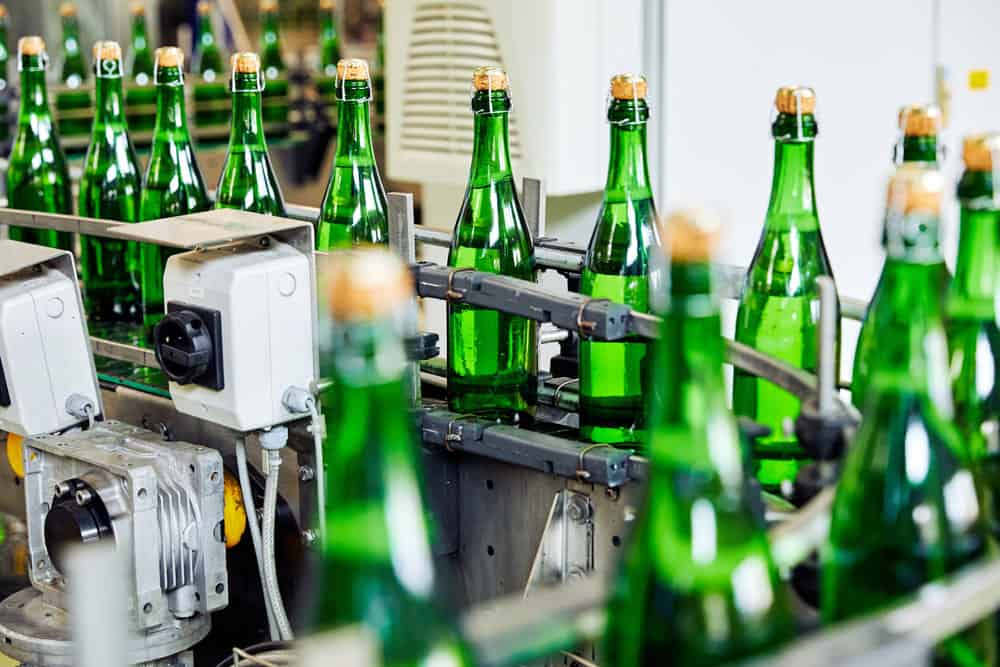
Prosecco’s evolution
In the Prosecco region, efforts toward premiumisation in areas like Asolo and Conegliano remain in progress. Meanwhile, new production zones such as Carso and Friuli’s coastal areas have sparked interest, despite controversies. These shifts reflect Prosecco’s need to identify with distinctive territories to meet market demand.
Premium-quality initiatives in regions like Trentodoc, Franciacorta, Oltrepò Pavese, and Alta Langa have resulted in extended ageing on lees and the emergence of high-quality Reserve styles, with rising prices and heightened consumer awareness.
Traditional method: lightness and complexity
Italy’s Traditional Method sparkling wines today strike a balance between approachability and depth, much like Mozart’s Don Giovanni. They offer effortless enjoyment while revealing layers of complexity for those who seek it.
The Champagne shift: from growers to majors
Champagne in Italy has stabilised after a decade of booming interest in Grower Champagnes (Récoltant Manipulant). However, speculative pricing and diminishing accessibility have shifted consumer focus back to the reassurance of major Champagne houses.
At the same time, techniques like amphora ageing, minimal intervention winemaking, and non-malolactic fermentation have brought new life to Champagne, further distinguishing it from Italian sparkling wines.
A call for cohesion
For Italian sparkling wine producers, the path forward lies in fostering consistency and territorial identity through investment in multi-vintage cuvées and unified communication strategies. Following the examples of Franciacorta and Alta Langa, other regions must work together to avoid being lost in the vast sea of “any wine with bubbles.”

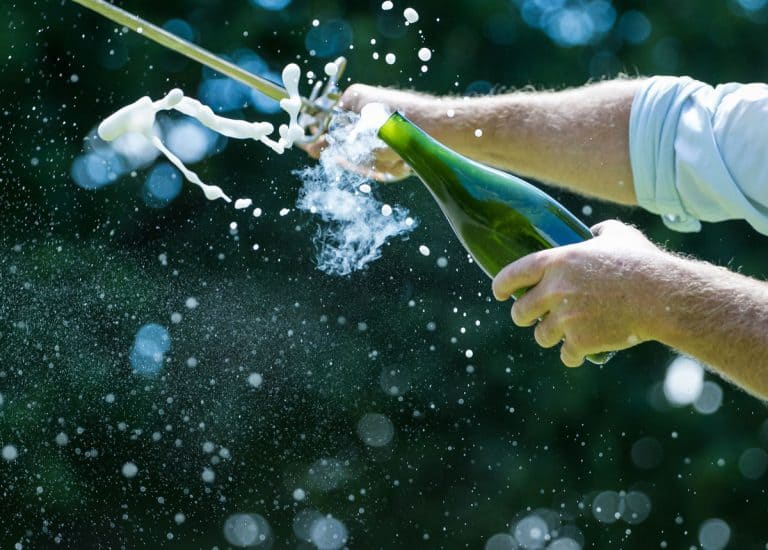
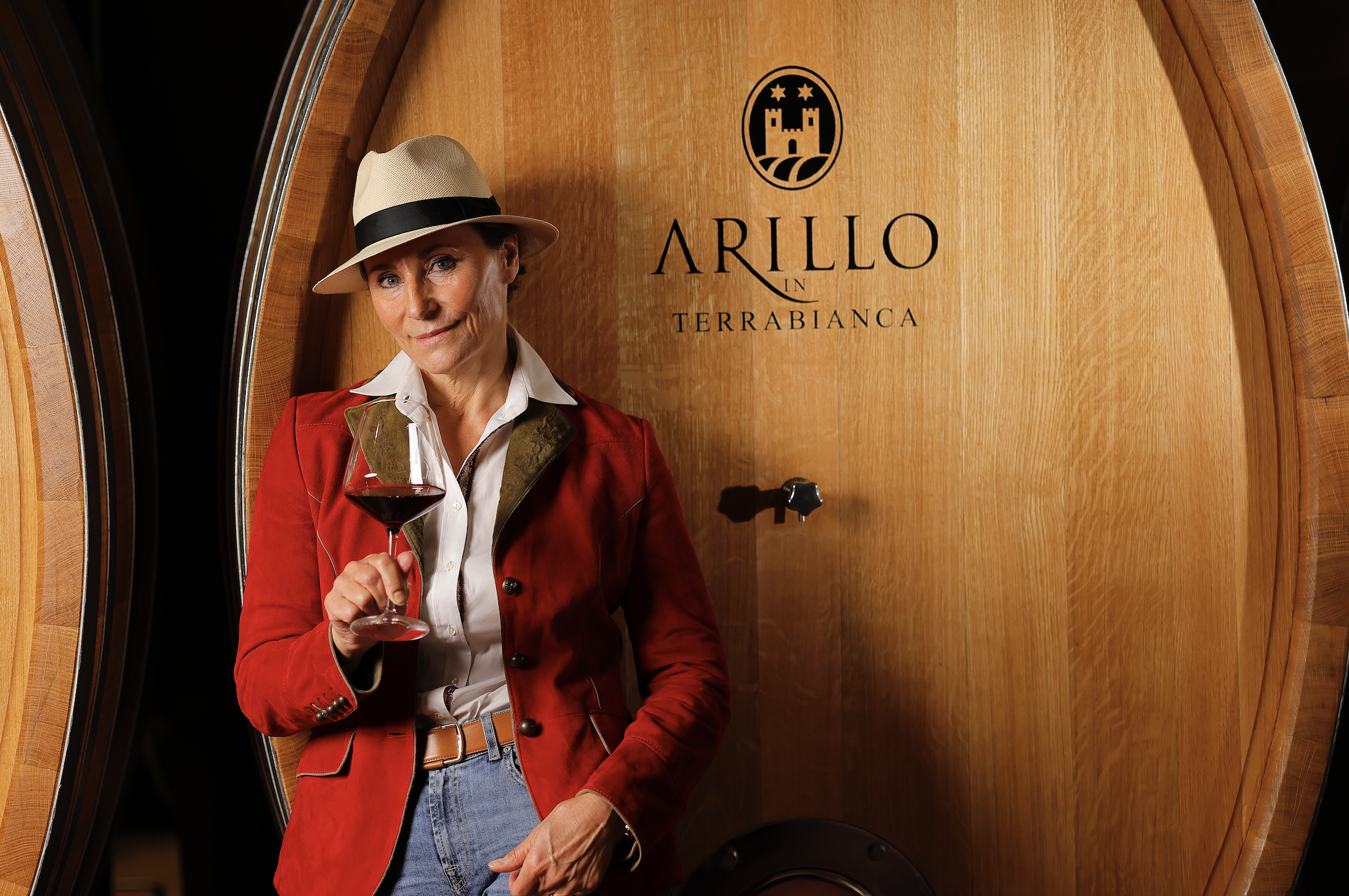 Why Arillo in Terrabianca's organic approach is paying off
Why Arillo in Terrabianca's organic approach is paying off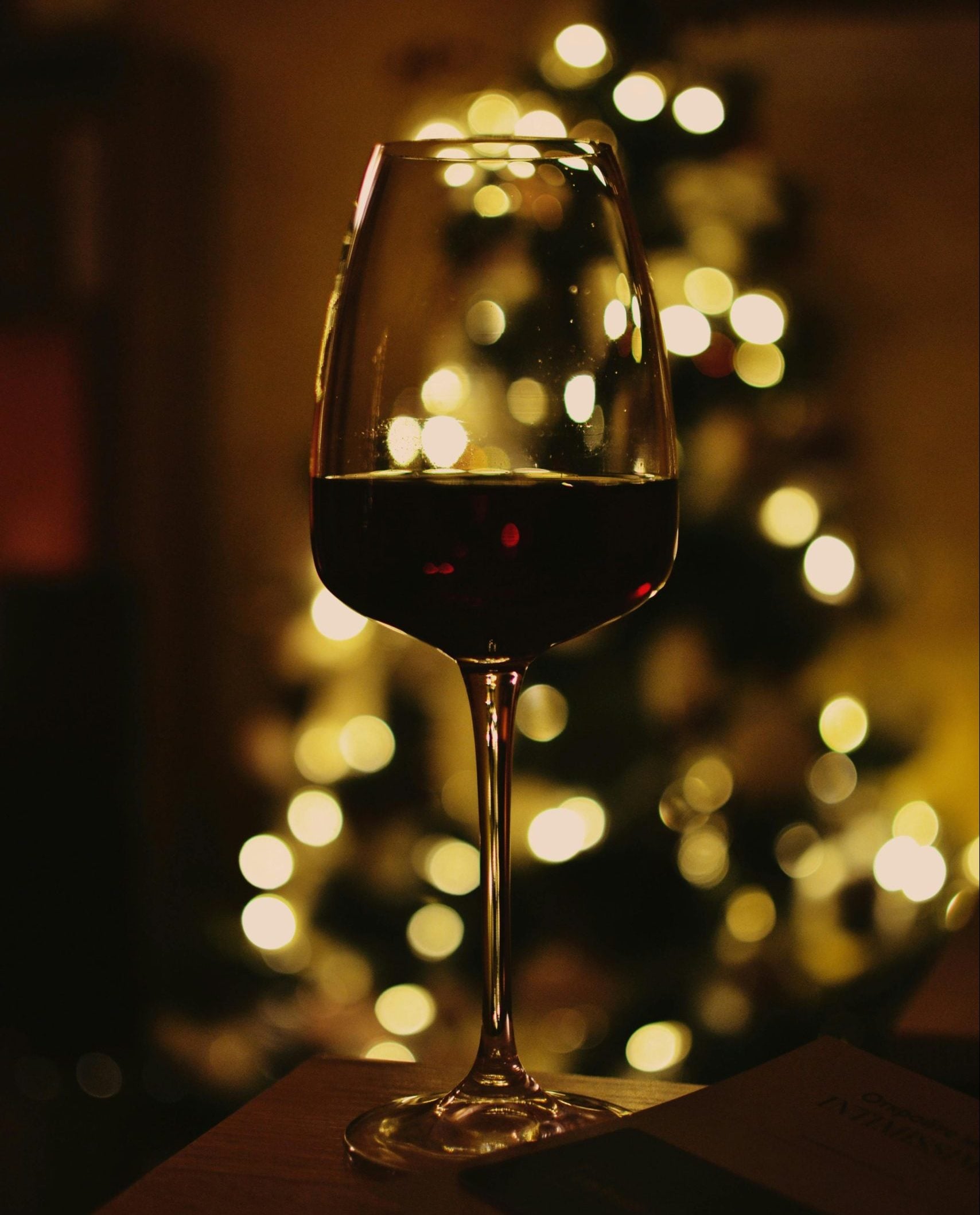 What do sommeliers drink at Christmas?
What do sommeliers drink at Christmas?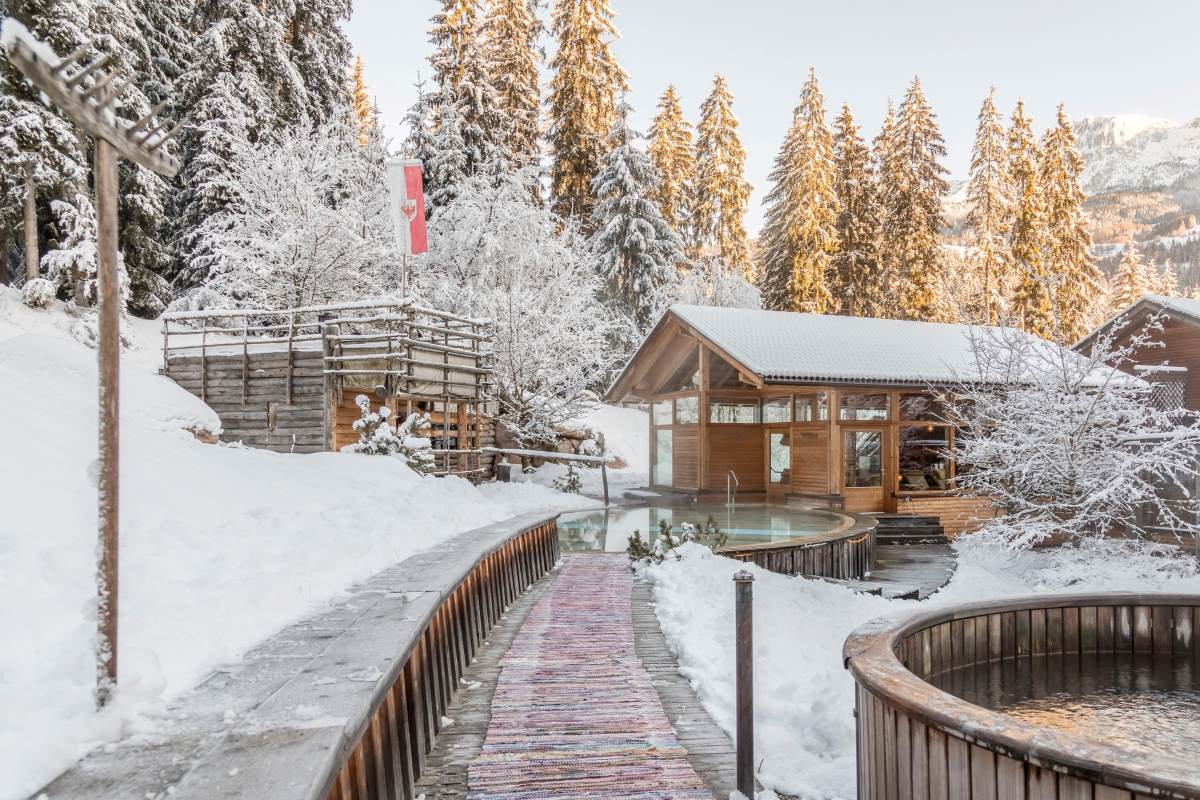 The alpine hotel where you can enjoy outstanding mountain cuisine
The alpine hotel where you can enjoy outstanding mountain cuisine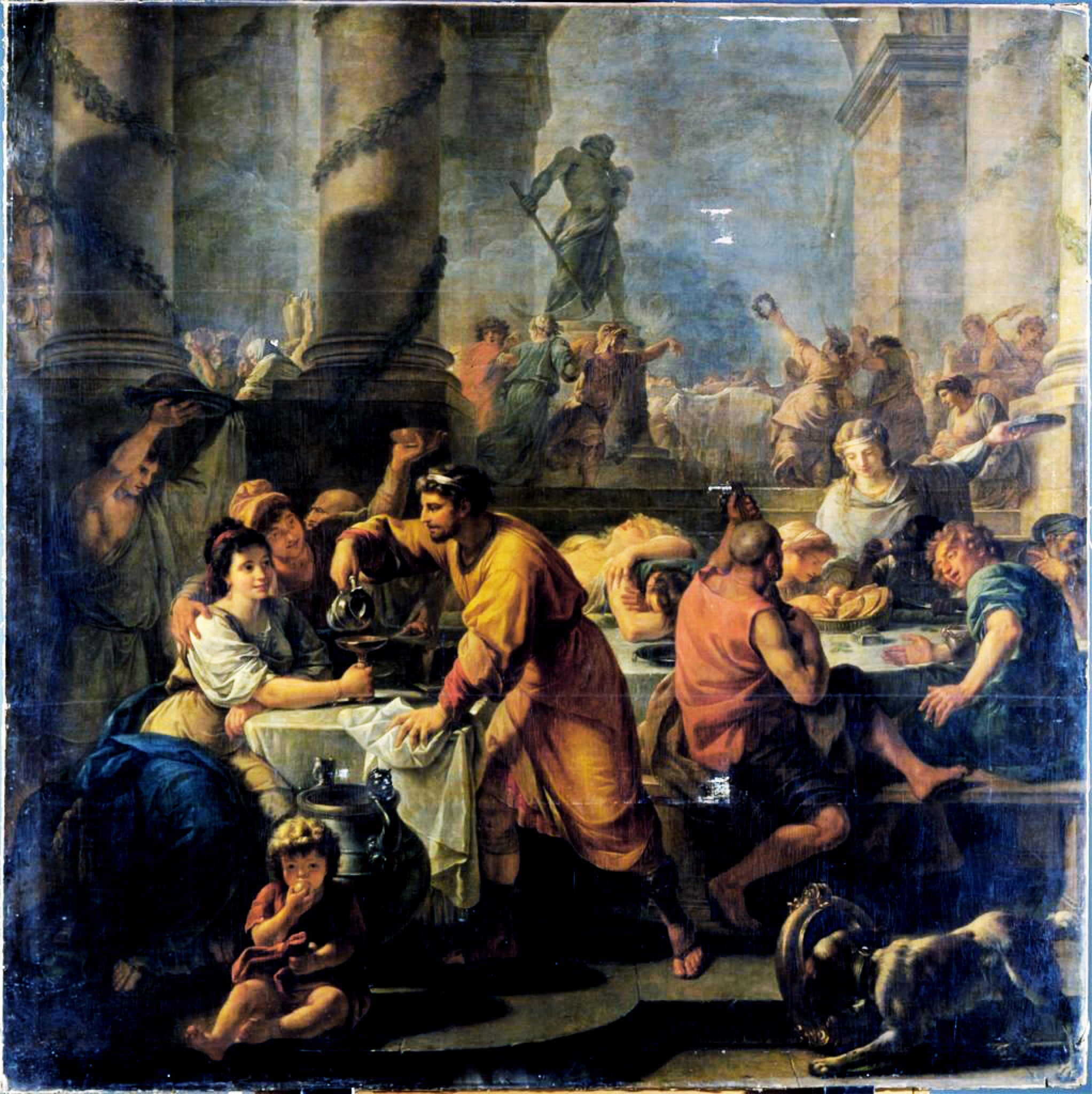 Io Saturnalia! How to celebrate the festive season like an Ancient Roman
Io Saturnalia! How to celebrate the festive season like an Ancient Roman